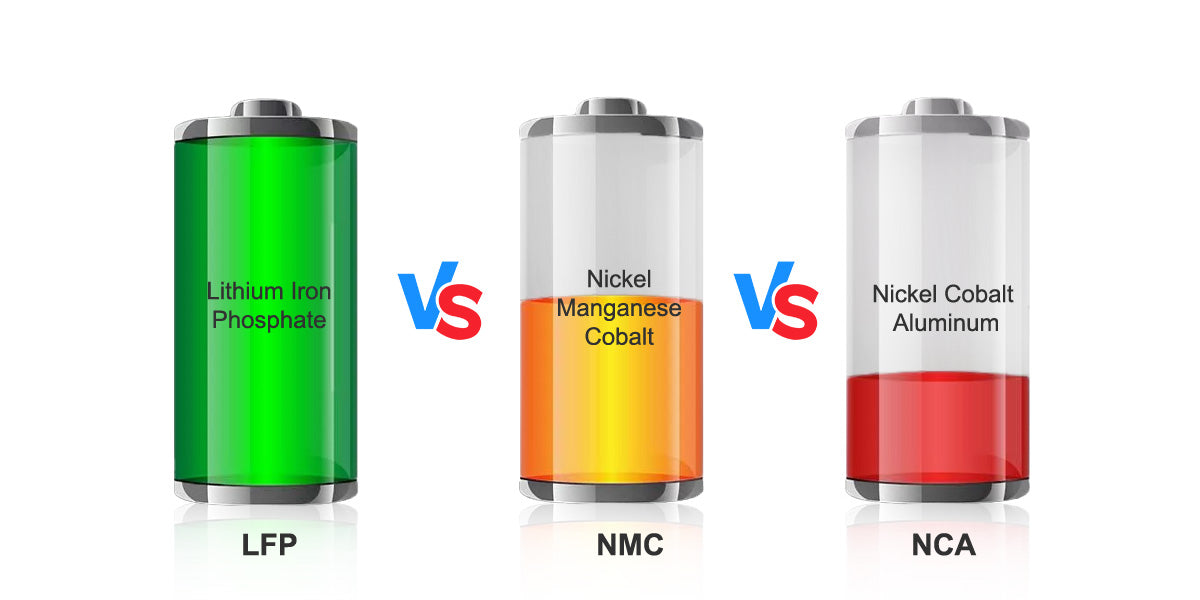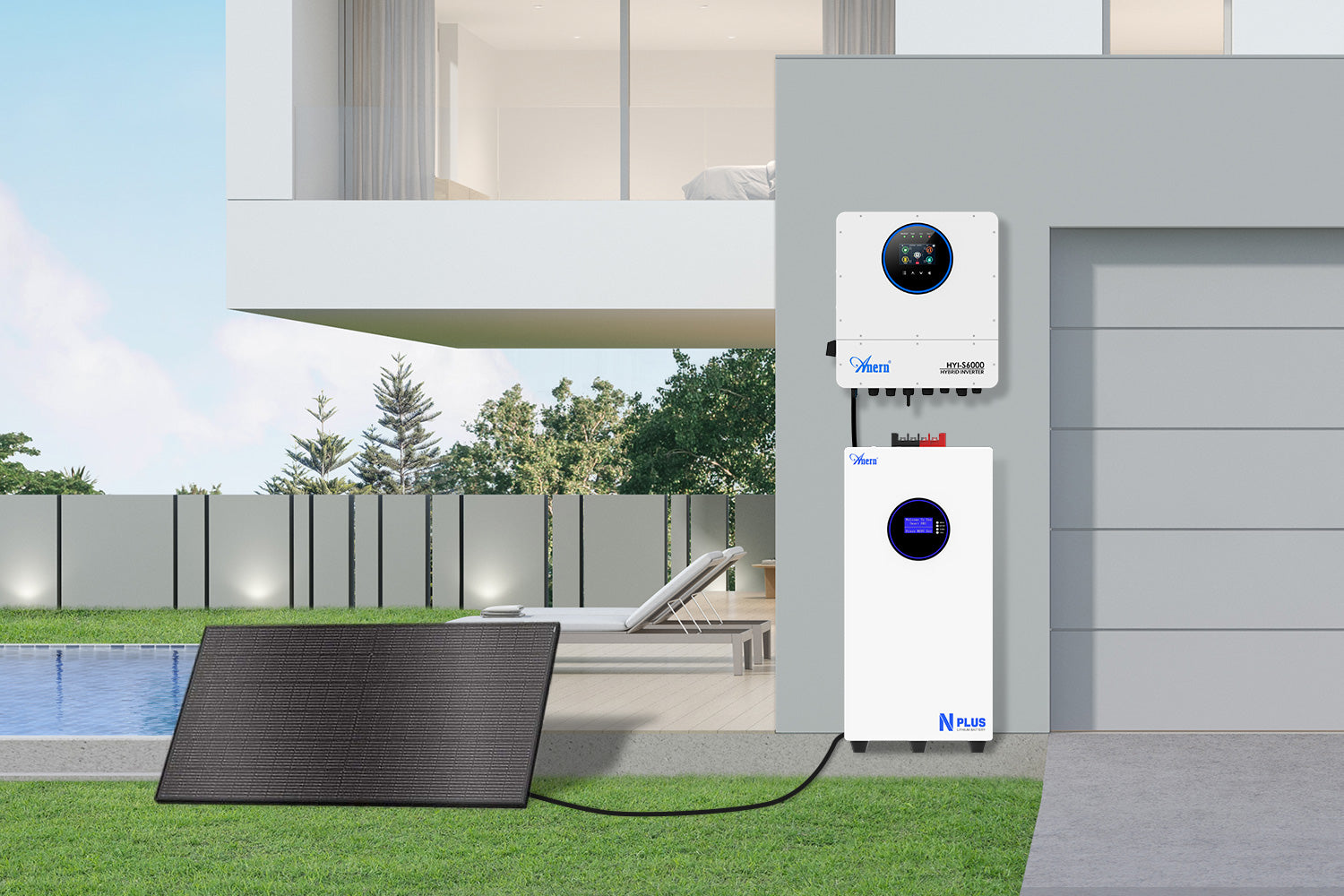Imagine a life where your electricity comes directly from the sun, free from utility bills and power outages. An off-grid solar system makes this vision a reality, offering a pathway to true energy independence. It is more than just a power source; it is a commitment to self-reliance and sustainable living. This guide provides practical insights into off-grid solar solutions, empowering you to take control of your energy future.
Understanding Off-Grid Solar Systems
What is an Off-Grid Solar System?
An off-grid solar system operates entirely independently of the public electricity grid. It generates all the power you need, stores it, and delivers it to your property without any external connection. This setup is particularly useful for remote locations where grid access is unavailable or cost-prohibitive, with extensions potentially costing between $15,000 to $50,000 per mile. However, many people living near the grid also choose off-grid systems for greater autonomy and environmental alignment.
The core components of an off-grid solar system include solar panels, a charge controller, a battery bank, and an inverter. These elements work together to capture sunlight, convert it into usable electricity, store excess energy, and deliver power to your appliances. A well-designed system ensures a consistent and reliable power supply, even when the sun is not shining.
Off-Grid vs. Grid-Tied Solar
The choice between off-grid and grid-tied solar systems depends on your specific needs and priorities. Grid-tied systems remain connected to the utility grid, often feeding excess electricity back for credits. Off-grid systems, by contrast, sever that connection, providing complete self-sufficiency.
Consider the following comparison:
| Feature | Off-Grid Solar System | Grid-Tied Solar System |
|---|---|---|
| Grid Connection | No connection to utility grid. | Connected to utility grid. |
| Energy Independence | Complete independence. | Partial independence, relies on grid for backup. |
| Power During Outages | Unaffected by grid outages. | Shuts off during grid outages for safety. |
| Battery Storage | Required for energy storage. | Typically not required, grid acts as storage. |
| Upfront Cost | Generally higher due to battery requirement. | Generally lower, no expensive batteries. |
| Electricity Bills | No electricity bills. | Reduced bills, potential for net metering credits. |
| Maintenance | More complex, requires battery management. | Less maintenance. |
While off-grid systems typically have higher upfront costs due to the necessity of battery storage, they offer unparalleled resilience and freedom from utility companies.,
The Benefits of Energy Independence
Reliability and Resilience
One primary advantage of an off-grid solar system is its inherent reliability. You gain consistent power access, even during grid failures or natural disasters. This self-sufficiency means your lights stay on, and essential appliances continue to operate when your neighbors are without power. For locations prone to severe weather or unreliable grid infrastructure, an off-grid solution offers peace of mind and operational continuity. The U.S. Department of Energy highlights that solar and distributed energy resources enhance electric grid reliability and climate resilience.
Environmental Impact and Cost Savings
Choosing off-grid solar significantly reduces your carbon footprint. Solar energy is a clean, renewable resource that produces no greenhouse gas emissions during operation. Each kilowatt-hour of solar energy generated substantially reduces greenhouse gas emissions like CO2, sulfur oxides, nitrogen oxides, and particulate matter. The U.S. Energy Information Administration (EIA) reported that solar was nearly 7.0% of total U.S. electrical generation in 2024. Furthermore, boosting U.S. solar power by 15% could reduce annual carbon dioxide emissions from the electricity sector by over 8.5 million metric tons, equivalent to removing nearly two million gas-powered cars annually.
Beyond environmental benefits, off-grid solar systems eliminate monthly electricity bills. This translates into significant long-term financial savings. Although the initial investment might be higher, the absence of ongoing utility costs and potential government incentives, such as the Investment Tax Credit (ITC) which allows claiming up to 30% of solar installation costs, make it a compelling economic choice.,,
Key Components of an Off-Grid Solar System
A successful off-grid solar system relies on several critical components working in harmony. Selecting high-quality, compatible equipment is fundamental to the system's performance and longevity.
Solar Panels
Solar panels, also known as photovoltaic (PV) panels, convert sunlight directly into direct current (DC) electricity. They are the foundation of any solar power system. The number and type of panels you need depend on your energy consumption and the amount of sunlight your location receives. Solar PV has been the fastest-growing technology in terms of capacity additions in recent years, aligning with net-zero emissions scenarios.
Energy Storage: The Role of Batteries
Batteries are vital for off-grid systems as they store the excess energy generated by your solar panels for use during nighttime, cloudy days, or periods of high demand. Without a reliable battery bank, an off-grid system cannot function effectively.
Lithium Iron Phosphate (LiFePO4) batteries are an excellent choice for solar energy storage. They offer numerous advantages over traditional battery types:
- Long Lifespan: LiFePO4 batteries can last up to 10 years or more, depending on usage, and are capable of thousands of charge-discharge cycles. This durability means fewer replacements and reduced costs over time.,,
- High Efficiency: They have high energy density, storing more energy in a smaller and lighter package., They also exhibit high charge and discharge efficiency, minimizing energy loss.,
- Safety and Reliability: LiFePO4 chemistry is inherently stable, making these batteries resistant to overheating and combustion, even under extreme conditions. This enhanced safety is crucial for residential applications.,,
- Low Maintenance: Unlike some other battery types, LiFePO4 batteries require minimal maintenance.
ANERN specializes in high-performance LiFePO4 batteries, which are a cornerstone of their energy storage solutions. These batteries offer the safety, reliability, and scalability needed for robust off-grid living, ensuring you have power when you need it.
Inverters and Charge Controllers
- Charge Controller: This device regulates the voltage and current coming from your solar panels to prevent overcharging your batteries. It ensures the batteries are charged safely and efficiently, extending their lifespan.
- Solar Inverter: An inverter converts the DC electricity stored in your batteries into alternating current (AC) electricity, which is the type of power used by most household appliances and electronics. ANERN offers solar inverters designed to work seamlessly with their battery systems, providing efficient power conversion for your off-grid setup.
Designing Your Off-Grid Solar System
Building an effective off-grid solar system involves careful planning and calculation. Each step ensures your system meets your energy demands reliably.
Assessing Your Energy Needs
The first step is to accurately determine your daily energy consumption. You need to list all appliances and devices you plan to power, along with their wattage and how many hours per day they will run. This calculation gives you your total daily kilowatt-hour (kWh) requirement. Do not underestimate this step; it forms the basis for sizing every other component.
For example, a typical off-grid home might use around 10-20 kWh per day, but this figure varies widely based on lifestyle and appliance choices. Consider energy-efficient appliances to reduce your overall power needs.
Sizing Your System
Once you know your energy needs, you can size your solar panels and battery bank. You must account for periods of low sunlight, like cloudy days or winter months, by oversizing your battery capacity and possibly your solar array. The amount of direct daily sunlight your location receives is a critical factor. For example, a system might need enough battery capacity to last for several days without sun. ANERN offers integrated household energy storage systems that combine lithium batteries, hybrid inverters, and solar panels, simplifying the sizing process and ensuring system compatibility.
The International Renewable Energy Agency (IRENA) reported that global off-grid renewable power capacity reached 11.1 GW in 2023, doubling since 2014. Solar power dominates this mix. This growth underscores the feasibility and increasing adoption of off-grid solutions.
Your Path to Energy Autonomy
Embracing an off-grid solar system is a significant step towards energy autonomy. It offers not only freedom from utility companies and their fluctuating rates but also a resilient power supply and a reduced environmental impact. With careful planning, quality components, and a clear understanding of your energy needs, you can build a reliable and sustainable power solution for your home, farm, or cabin. The transition to renewable energy sources, like solar, represents a shift towards a more secure and sustainable future for everyone. As the International Energy Agency (IEA) projects, renewable electricity generation is forecast to climb to over 17,000 terawatt-hours by the end of this decade, an almost 90% increase from 2023.





Leave a comment
All comments are moderated before being published.
This site is protected by hCaptcha and the hCaptcha Privacy Policy and Terms of Service apply.